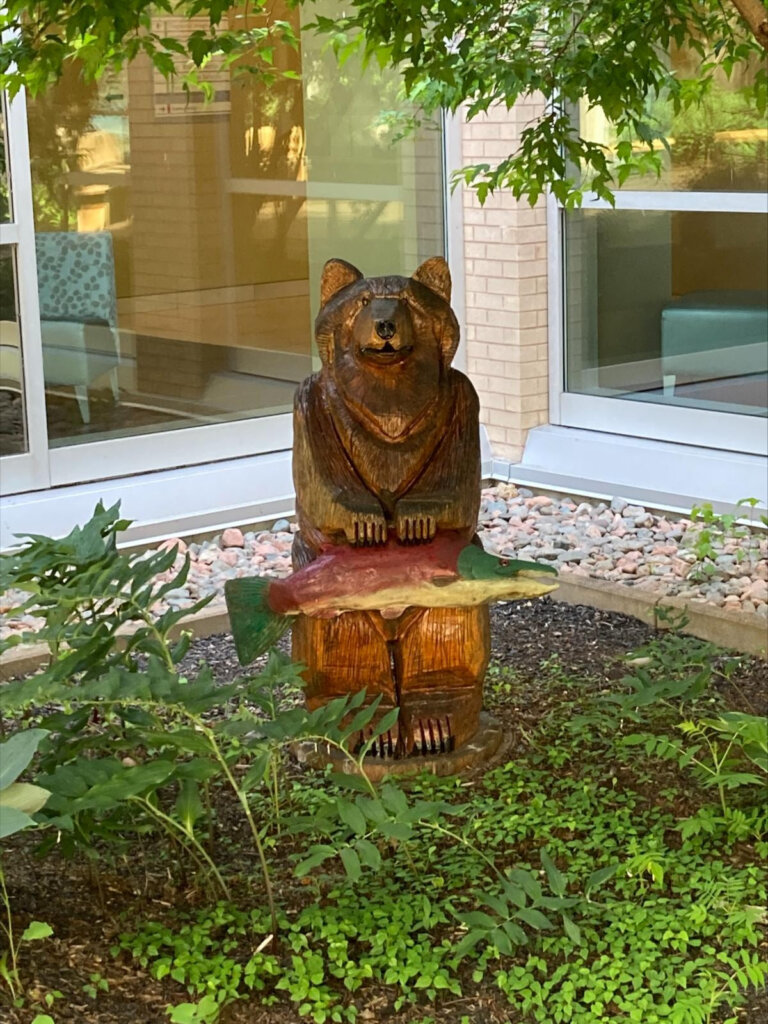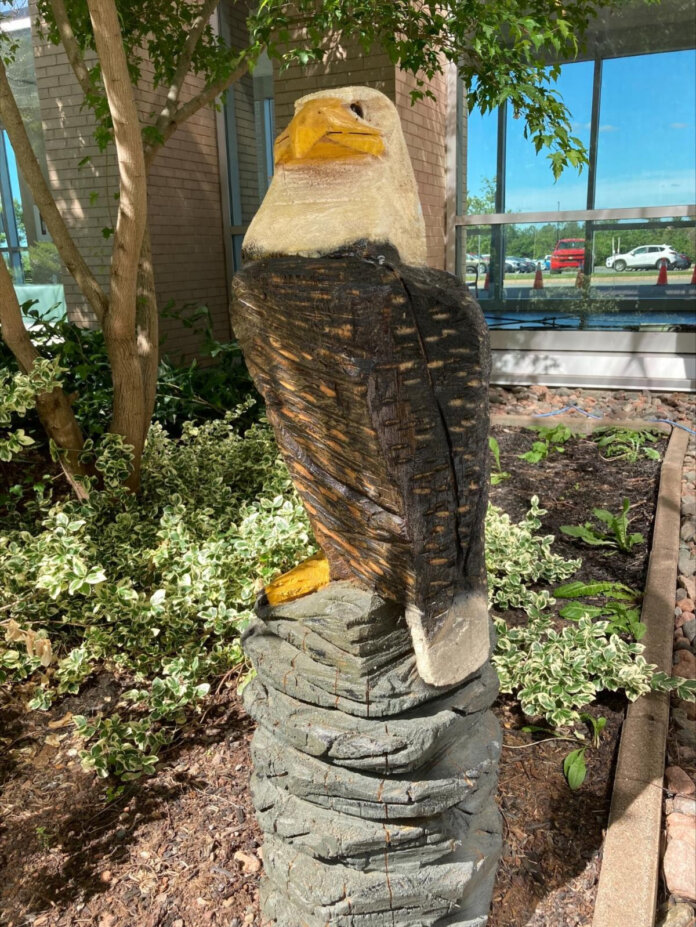TRURO: A dedication ceremony for the Sheila Gloade Memorial Healing Garden was held recently at Colchester East Hants Health Centre.
This initiative is the culmination of a partnership between the family of John C. Gloade of Millbrook First Nation and Colchester East Hants Health Centre to transform the hospital’s healing garden into a memorial Indigenous healing garden.
The garden honours the memory of Sheila Rose Gloade as a place within the hospital where patients, their families, and staff can find peace and tranquility.
This is the first Indigenous healing garden of its kind within a hospital in Atlantic Canada.

The garden contains traditional Indigenous symbols of healing that have been part of the Mi’kmaq culture for many centuries. It is available to all patients and families, and it provides a place for prayer and for traditional Mi’kmaq ceremonies related to healing.
“This is the end of a long journey for me and my family. I am glad that we ended with a memorial that remembers Sheila, and also offers a place of peace, meditation, and prayer for others living with kidney disease,” said John C. Gloade, husband of the late Sheila Gloade.
The garden, accessible from the hospital’s main entrance, features artwork designed and produced by local Mi’kmaq crafts people, including carvings, a medicine wheel, and the inclusion of traditional medicines (L’nuimpisun) commonly used by Mi’kmaq people when treating an ailment.
The garden will also serve as an educational space for visitors who wish to learn about the traditional health care practices of the Mi’kmaq people.
“Colchester East Hants Health Centre is excited to see the transformation of this beautiful space within our facility,” said Debbie Burris, health services executive director, Northern Zone, Nova Scotia Health. “I had the privilege of working in First Nations for years as a community health nurse and supporting this project comes full circle to working with the community again.
“Working collaboratively with the Gloade family to ensure their vision for the garden was realized was like a microcosm of the big journey we must take in strengthening relationships with First Nations communities,” Burris said.

Quick Facts:
- The Memorial Healing Garden is meant to serve as a place of meditation, of quiet reflection and of peace. It features traditional Indigenous symbols of healing that have been part of the Mi’kmaq culture for many centuries, including a medicine wheel, dream catcher, wood carvings of two eagles, and a bear.
- The garden will contain some of the traditional medicinal plants used by the local communities, including sweet grass, sage, cedar, and tobacco.
- Central to the healing traditions of the Mi’kmaq people are the eagle and the bear.
- The eagle is a symbol of power and its ability to fly to great heights give it the vison that many of us fail to find from our vantage point on Earth. As well, its ability to fly to such heights means it is the entity most capable of carrying our prayers to a superior being.
- By contrast, the bear is a strong but quiet animal. It is said that when spirit bear meets you, its actions carry a message for you. The bear was the keeper of the medicines because during hibernation they went away to find new medicines. In the shape-changing form of the “Grandmother Bear” or the “Bearwoman,” the mythical bear had capabilities for healing and renewal in even the old and incapacitated.
- The medicine wheel is another symbol linked intimately to health in Mi’kmaw traditions. The symbol of the circle is central to traditional beliefs.
- It is always divided into four quadrants and oriented in the four cardinal directions of the compass (north, south, east and west).
- The dream catcher is not directly linked to healing, rather it is meant to capture good thoughts and dreams and to block bad dreams and evil spirits.





















